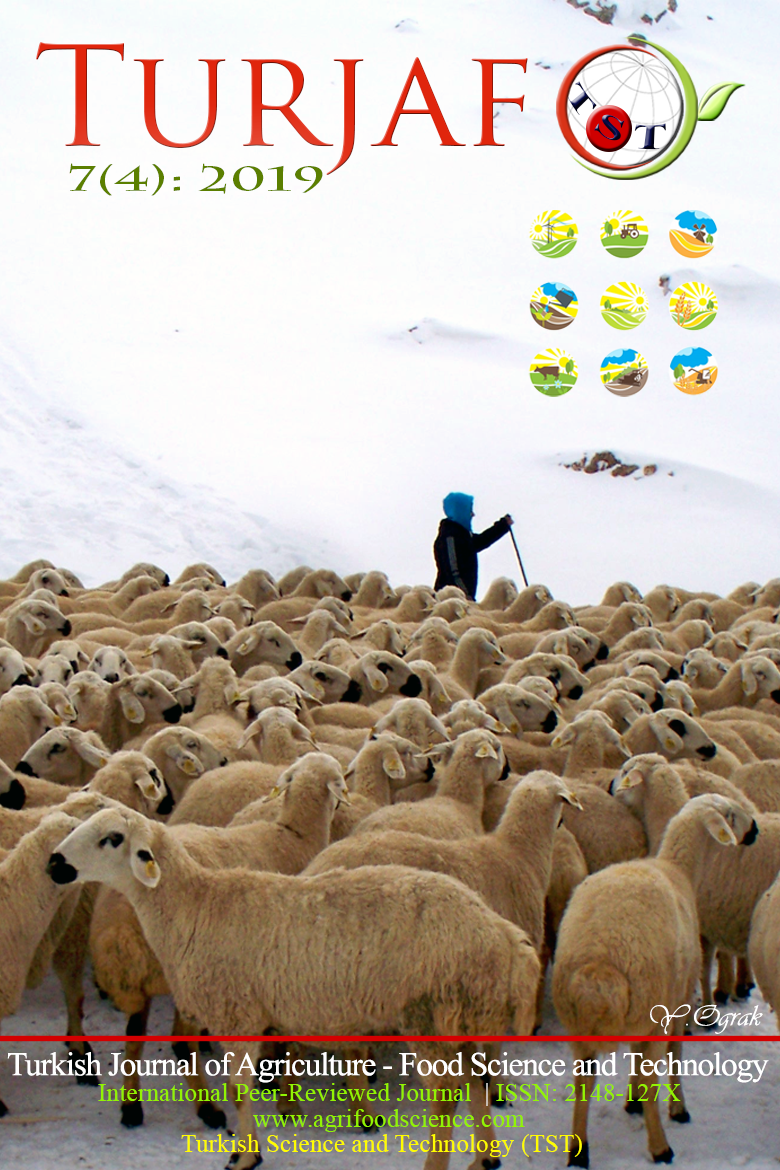Biosafety Assessment of Probiotics “Probiotics”
DOI:
https://doi.org/10.24925/turjaf.v7i4.639-645.2327Keywords:
Probiotics, Lactic acid bacteria, Biosafety, Virulence gene, Starter/Support cultureAbstract
Probiotics are defined as live microorganisms that provide many health benefits when consumed in sufficient quantities. Lactic acid bacteria (LAB) are found in the natural flora of foods such as milk, meat, fruits and vegetables and are used as culture in the production of fermented foods. These bacteria are also found in the microbiota of the intestines, mouth, skin, urinary systems, both humans and animals and may have a beneficial influence on these ecosystems. Some Lactobacillus species, Bifidobacterium spp., Saccharomyces boulardii, and some other microorganisms have been used as probiotic as food supplement in order to benefit health. Even though probiotics have been proven to have beneficial effects for the majority of patients on treatment, the existence of risks for the immunosuppressed patients has been also reported. There are more evidence that the use of probiotics in patients with organ failure, immuno-compromised status and dysfunctional gut barrier can cause infections. Before considering to use probiotics as a treatment option, it should be totally proven that probiotics have no harmful effect on human. First of all, it is important that classical biochemical tests are completed in a competent laboratory by molecular methods in identiï¬cation of LAB to be used as a probiotic. Several approaches are possible in the assessment of the probiotic safety; studies on the intrinsic properties, the pharmacokinetics of the probiotic strain and the interactions between the probiotic strain and the host. There are no required standards for safety and protocols for usage of probiotics. More information is needed whether the probiotics can be used for the treatment or prevention of disease. The use of probiotics should also be comprehensively updated to determine their probable negative effects.Downloads
Published
23.04.2019
How to Cite
Demir, E., Başyiğit Kılıç, G., & Özbalcı, D. (2019). Biosafety Assessment of Probiotics “Probiotics”. Turkish Journal of Agriculture - Food Science and Technology, 7(4), 639–645. https://doi.org/10.24925/turjaf.v7i4.639-645.2327
Issue
Section
Review Articles
License
This work is licensed under a Creative Commons Attribution-NonCommercial 4.0 International License.









